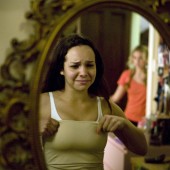
A Healthy Menu
Students discuss the dietary requirements of an adolescent. Play food group bingo.

Students discuss the dietary requirements of an adolescent. Play food group bingo.
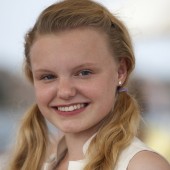
Students discuss De Bono’s Six Action Shoes and use this information to support the development of a shoe advertisement.
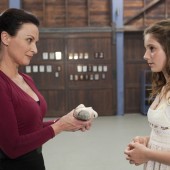
Students discuss needs and wants and write a family budget.
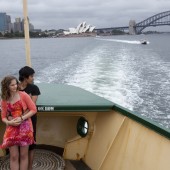
Students create a phrase and alter it by changing accents.
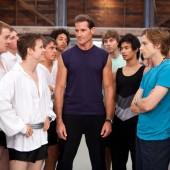
Students play two games that test agility, flexibility and balance.
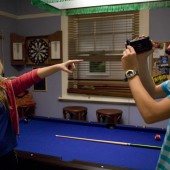
Students learn about camera angles and trial them using phone cameras and other media equipment.
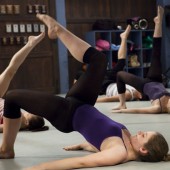
Students discuss safe dance practice and generate a dance injury report.
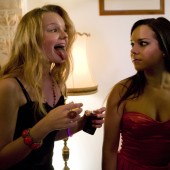
In one of four groups: historians, researchers, illustrators and tutors, students research and teach a fouette.
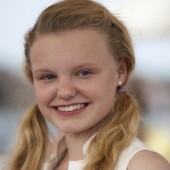
Students discuss the kinds of occupations that focus on feet. They create a script, written/spoken from the foot’s point of view as it spends a day dancing in pointe shoes.
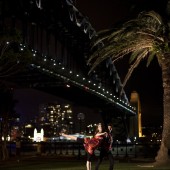
Students observe, experience and notate basic salsa moves.
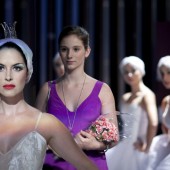
Students discuss behind the scenes roles and duties. Play hot spot role play.
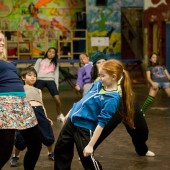
Students construct a poster advertising the benefits of dance to a target group.
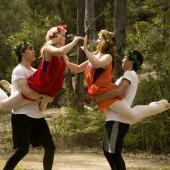
Students recreate the staged fight between Abigail and Sammy with particular attention to body language.
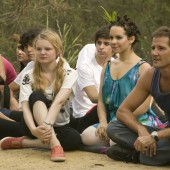
Students explore characterization and learn to generate motifs.
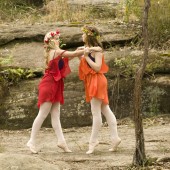
Students choreograph a fight scene.
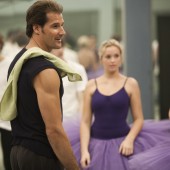
In pairs, students create a phrase of music without the use of speech.
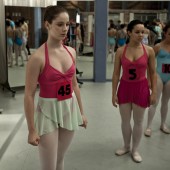
Students discuss intimidating behaviours, practice positive self talk.
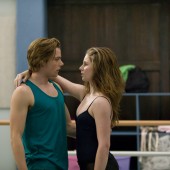
Students play Aussie dance map.
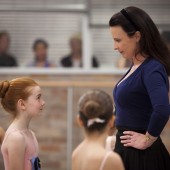
Students examine the ways in which behaviours sometimes contradict values.
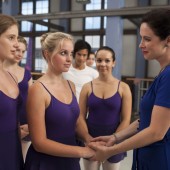
Students create costume designs for their cygnet dance.
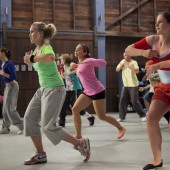
Students discuss cultural dance styles and individual heritages. Plan and teach a cultural dance.
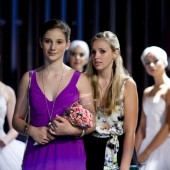
Students create a cygnet dance in the style of line dancing. Rate selves using activity sheet.
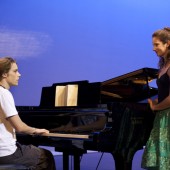
Students learn about dance for people of all abilities, watch some clips of companies that specialise in this field and discuss movements seen.
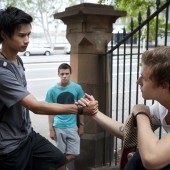
Students design and promote a free dance bootcamp.
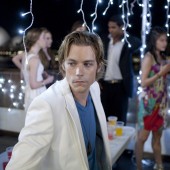
Students select and research a dance related career and present this research project as a multimedia presentation.
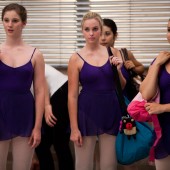
Students discuss dance styles, create a mind map, select a style and create a glossary of terms.
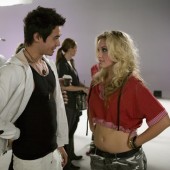
Students discuss framing and editing, plan camera angles for a dance shoot
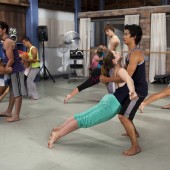
Students develop a dance duet without music by utilising sounds in their immediate environment.
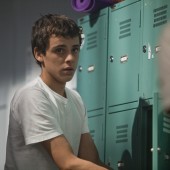
Students discuss a stressful situation, create a slogan, vote for slogan, create a campaign, pitch the campaign to a panel of experts.
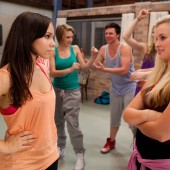
Students prepare a one-minute routine with props.
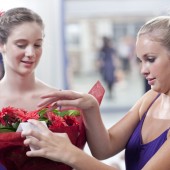
Students learn about dynamics and apply these to a learnt phrase.
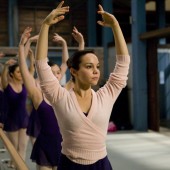
Students discuss the signs of an eating disorder and either write a letter to a friend with body image issues or hold a debate.
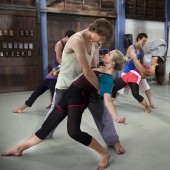
Students engage in two structured improvisations and create a short phrase based on effort actions.
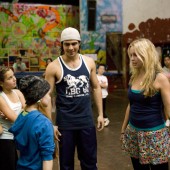
Students decide on the ways in which their program will be evaluation. Design interview questions.
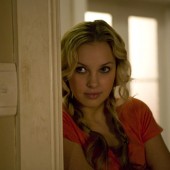
Students discuss fad diets and develop a fad diet report.
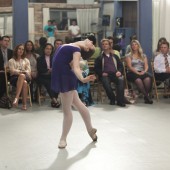
Students recount family stories by creating tableaus.
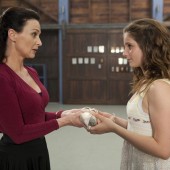
Students consider family traditions and create a movement phrase based on action words.
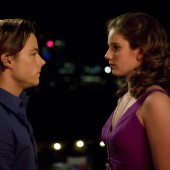
Guided improvisation on small shifts of the body that constitute “falling”.
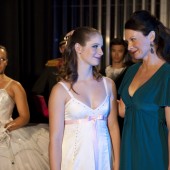
Students discuss the giving and receiving of notes for improvement of group and individual performances, learn a dance and practice giving each other notes.
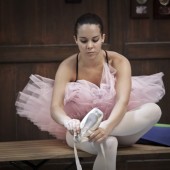
Students consider causes for physical collapse, discuss emergency responses.
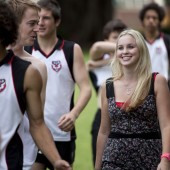
Students perform activities from the Ausdance Fitness Test then devise their own speed test.
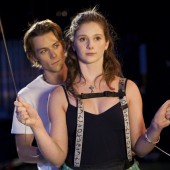
Students create a floor phrase where they do not use their hands or stand on their feet.
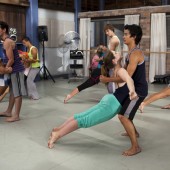
Students play two games that explore differences in effort levels when applying force and flow in dance.
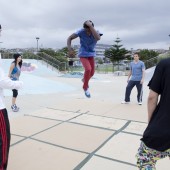
Students participate in a number of small activities leading to hip hop free form (improvisation).
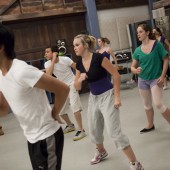
Students plans a number of fundraising activities to pay for a performance.
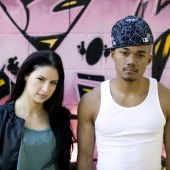
Students find examples of graffiti and create a phrase based on graffiti images.
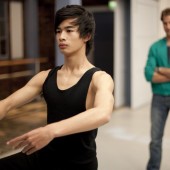
Students create their own Haka.
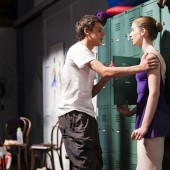
Students create a feel good dance. Reflect on their feelings before and after.
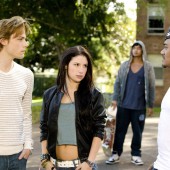
Students create a hip hop fashion show.
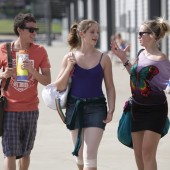
Students learn about our bodies need for water and calculate the amount of water needed by people according to weight.

Students attempt to expand their solo ideas through improvisation techniques.
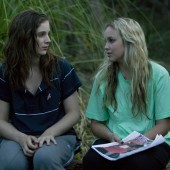
Students watch examples of site specific work and generate movement response to alternative locations.
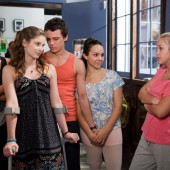
Students learn about soft tissue injuries and fractures, create an injury report.
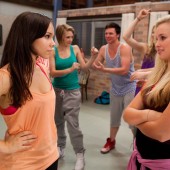
Students create a jumping phrase and consider musical implications for different jump speeds.
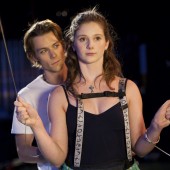
Students learn about safe dance practice in relation to jumps.
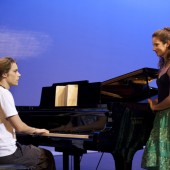
Students explore a range of jumps and observe some jump styles from the internet.
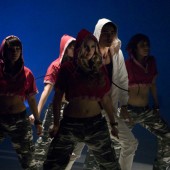
As a whole the class learns a sequence from Kat’s routine. They then create variations of this dance sequence.
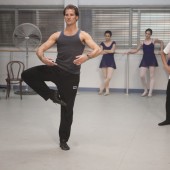
Students research leading men, place on timeline, select one and research him.
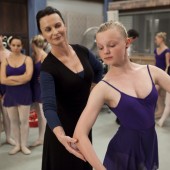
Students consider the communication skills necessary to teach specific skills.
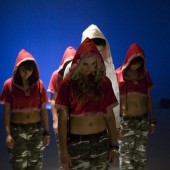
Students develop a lighting plan and then attempt to realise it via low tech lighting found in and around the school.
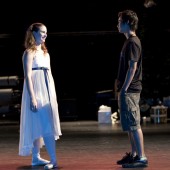
Students view a number of images of dancers wearing stage makeup. They select or create a character and design makeup for a performance in a large auditorium.
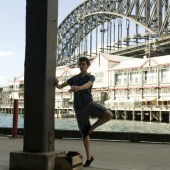
Students create pros and cons list for a particular course of action. Write letter explaining choice, using argumentative format.
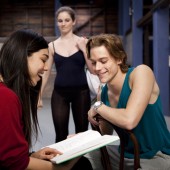
Students learn a range of contemporary dance movements and phrases.
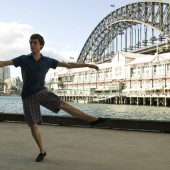
Students define the physical advantages for men in dance.
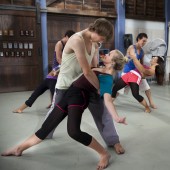
Students learn some movements from the clip, arrange these in an order that they prefer and perform the dance to a range of musical scores.
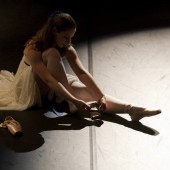
Students select a character from the Nutcracker and design a costume with consideration to the particular movement performed by the dancer in the role.
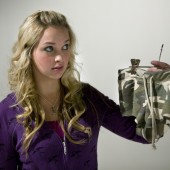
Students role play interviewer and artist on tour. Students create a poster advertising an upcoming tour.
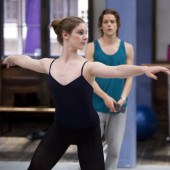
Students collaborate in pairs as choreographer and dancer to develop a dance solo.
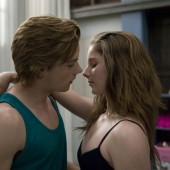
Students research an Australian modern dance pioneer and construct a timeline of key works.
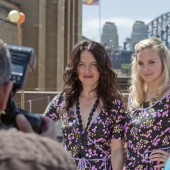
Students consider leisure activities – shared and different using a Venn diagram.
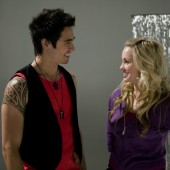
Students discuss a song that resonates with them; try to find a song that resonates for the class.
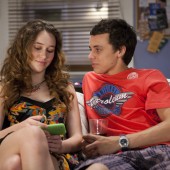
Students discuss perfectionist traits, self talk for perfectionists and positive self talk alternatives.
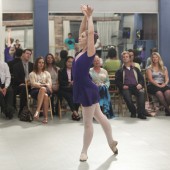
Students plan for a performance and create a budget for it.
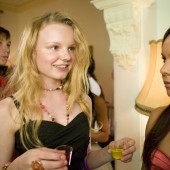
Students demonstrate existing skill in small groups and collectively construct a group phrase.
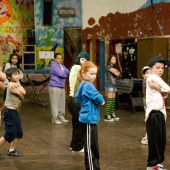
Students plan a community dance program.
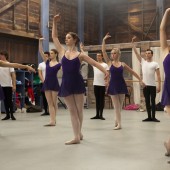
Students describe footwear for dance, history of the point shoe and experience a range of feet and calf strengthening exercises, keeping a record.
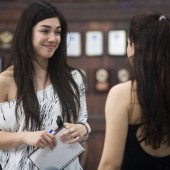
Students identify the symptoms for this kind of stress; learn what causes it and how to manage anxiety related to performing.
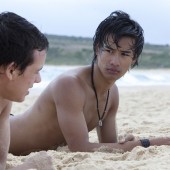
Students carry out the Ausdance Fitness Test focusing on strengths and weaknesses then devleop their own fitness plan.
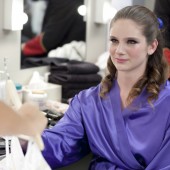
Students discuss one character’s results failure and write an internal dialogue for her.
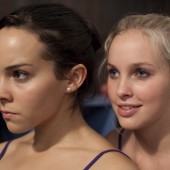
Exploring what friendly rivalry means, students perform and dance battle in a hip hop style.
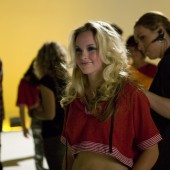
Students look at roles on set and create a “postcard” of a set and bring it to life for 15 seconds.
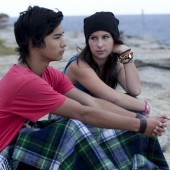
Students learn what constitutes a safe dance space and carry out a check.
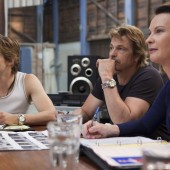
Students learn how, when and why to stretch and create a poster demonstrating understanding of the theory.
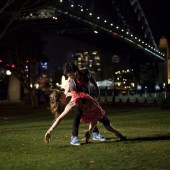
Students improvise with the basic salsa steps.
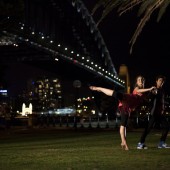
Students learn one salsa dance and then swap leading roles.
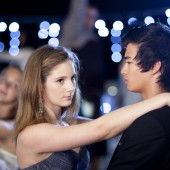
Students create a script for one scene.
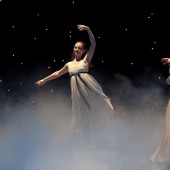
Students learn about the influence of the Ballet Russes, hear the story of Scheherazade and design a costume for one of the characters.
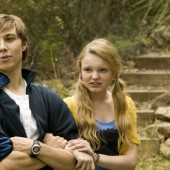
Students research a choreographed work inspired by a Shakespeare play.
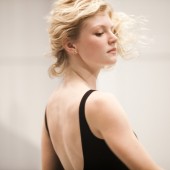
Body shape is explored through improvisation of shapes – call and response method with reflective activity.
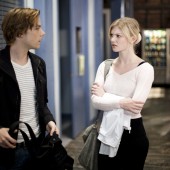
Students choreograph pathways in space using their initials as impetus.
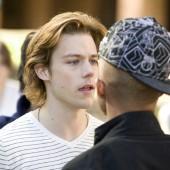
Students learn about symmetry and asymmetry in pairs and as a group. They apply spatial arrangements of groups to an existing dance.
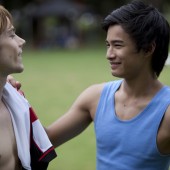
Students select movement from three different sports and create a dance.
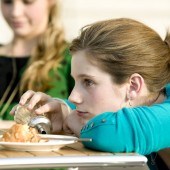
Students create a dance, photograph or draw it and arrange as a storyboard. Extension activity rearranging the elements.
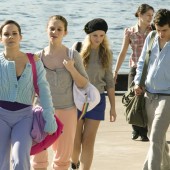
Students create a dance about bullying, perform and direct each other.
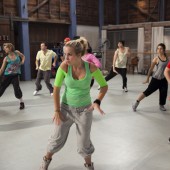
Students warm up and learn a dance from the Dance Academy website tutorials.
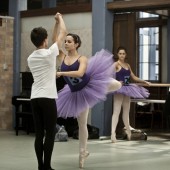
Students learn about the brain’s need for glucose and conduct a sugar taste test.
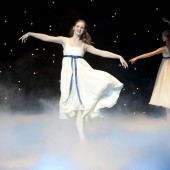
Students discuss superstitions for good and back luck and create a phrase from the verbs, nouns and adjectives found in a collection of superstitions.
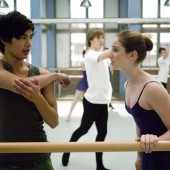
English skills practices in creating 1-line, 1-paragraph and 1-page synopses.
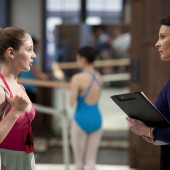
Students discuss purpose and uses of an audition form. Design an application form.
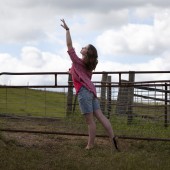
Students create a list of full time dance schools, discuss audition processes, contexts and variations re genre. Design an audition.
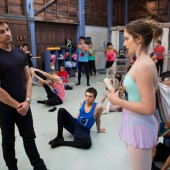
Students learn about the traditions of ballet companies and their hierarchy, and map this structure.
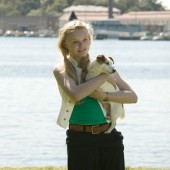
Students learn about range of motion in the foot and ankle and explore personal range of motion.
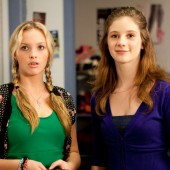
Students learn about the history of hip hop and based on freezes and poses create a simple hip hop phrase.
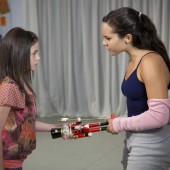
Students watch the ballet and write a synopsis of the story.
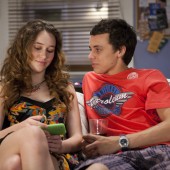
Students discuss the ideals of the perfect couple, the pressures this puts on young people, consider their own ideals and write an ad for a dating agency.
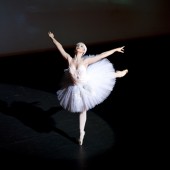
Students recount the story of Swan Lake in present tense in the style of a news broadcast. Extension activity to film the broadcast.
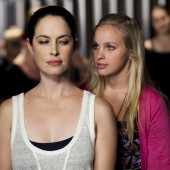
Students learn to hear and perform to the beat.
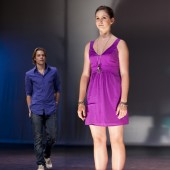
Students follow Tara as she moves backstage, map her journey and record/sketch/design the backstage areas.
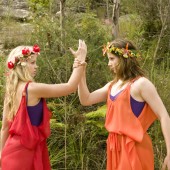
Practical activity where pairs of students perform activities as one person, taking into account the other’s point of view.
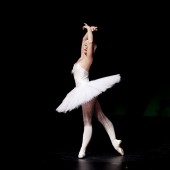
Students consider pre-performance processes and relate to time calls.
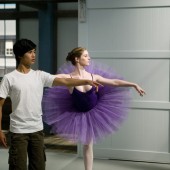
Students experience a range of trust activities and rate their levels of trust.
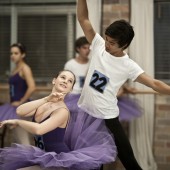
Students learn some of the basic skills needed for successful turns.
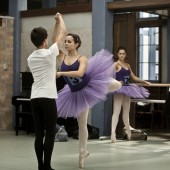
Students review a variety of turns and construct a visual collage of turns.
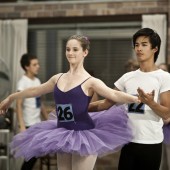
Students try a few rock’n’roll moves and create a photo wall of fame.
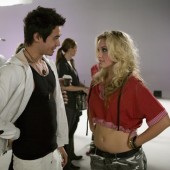
Through role play students learn the effectiveness of four forms of feedback.
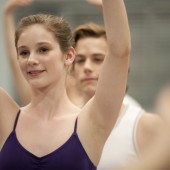
Students experience a range of activities and create a dance to be performed in unison. Feedback by peer review.
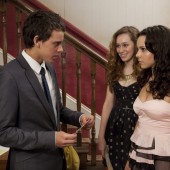
Students discuss perfection in Western Culture and create a collage of the perfect person.